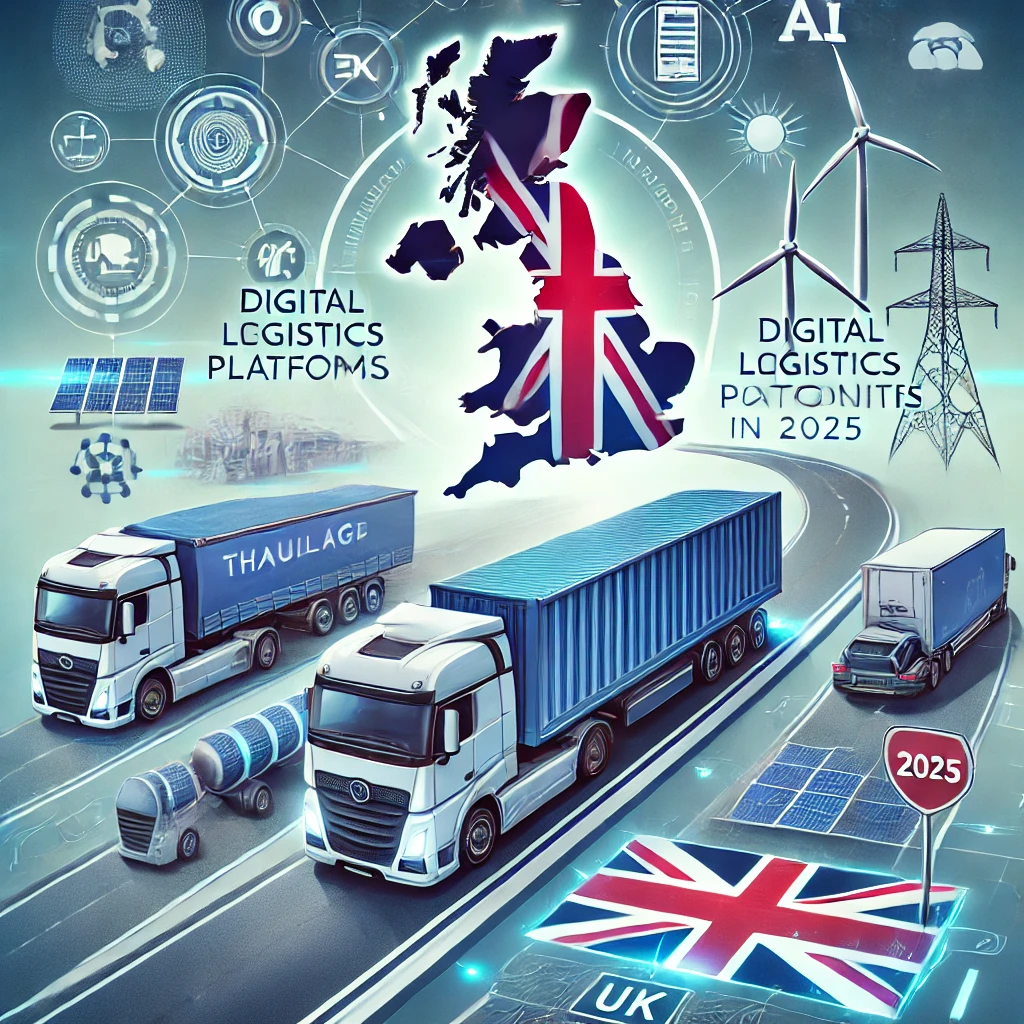UK Haulage Industry in 2025: Navigating Changes and Opportunities
An in-depth analysis of current trends, challenges, and innovations shaping the British haulage sector
The UK haulage industry is undergoing significant transformation as we move through 2024 and into 2025. From technological advancements to regulatory changes, let's explore the key developments shaping the sector.

Electric HGVs: The New Reality
The transition to electric vehicles has finally reached the heavy goods sector. Major developments include:
- The rollout of high-capacity charging infrastructure along major routes
- Introduction of medium-range electric HGVs from established manufacturers
- Government incentives for zero-emission vehicle adoption
- Growing demand for green logistics from major retailers
Digital Transformation Acceleration
Technology is revolutionizing how haulage companies operate:
- AI-powered route optimization reducing fuel consumption by up to 15%
- Real-time cargo tracking becoming industry standard
- Digital documentation replacing traditional paperwork
- Blockchain integration for transparent supply chain management
Driver Shortage Solutions
The industry continues to address the persistent driver shortage through innovative approaches:
- Enhanced training programs with virtual reality integration
- Improved working conditions and work-life balance initiatives
- Recruitment drives targeting diverse demographics
- Competitive salary packages and career development opportunities
Regulatory Landscape Changes
New regulations are reshaping operational requirements:
- Updated cabotage rules affecting international operations
- Stricter emissions standards in urban areas
- Enhanced driver hours monitoring systems
- New safety technology requirements for HGVs
Smart Infrastructure Integration
The modernization of UK's road infrastructure is creating new opportunities:
- Smart motorway systems enabling better fleet management
- Connected vehicle technologies improving safety
- Real-time traffic management systems
- Dedicated HGV lanes on major routes
Sustainable Practices
Environmental consciousness is driving significant changes:
- Alternative fuel adoption beyond electric (hydrogen, biogas)
- Aerodynamic vehicle modifications becoming standard
- Eco-driver training programs
- Carbon offset initiatives
Cost Management Innovations
Companies are finding new ways to maintain profitability:
- Fleet sharing platforms reducing empty runs
- Predictive maintenance reducing vehicle downtime
- Dynamic pricing models optimizing load efficiency
- Collaborative logistics partnerships
Brexit Adaptation
The industry continues to evolve post-Brexit:
- Streamlined customs procedures
- New trade route developments
- Enhanced domestic supply chain focus
- Cross-border collaboration innovations
Technology Investment Priorities
Key areas of technological investment include:
- Autonomous vehicle testing for yard operations
- Advanced driver assistance systems
- Fleet management software integration
- Cybersecurity measures
Future Outlook
The UK haulage industry is poised for continued evolution with:
- Increased adoption of alternative fuels
- Further integration of autonomous technologies
- Enhanced focus on driver welfare
- Growing emphasis on sustainable operations
Challenges and Opportunities
Current market conditions present both challenges and opportunities:
Challenges
- Rising operational costs
- Regulatory compliance requirements
- Infrastructure adaptation needs
- Skilled workforce recruitment
Opportunities
- Growing e-commerce demand
- Green technology adoption
- Efficiency improvements through digitalization
- New market segments
Industry Recommendations
For haulage companies looking to thrive in this evolving landscape:
- Invest in sustainable technologies
- Prioritize digital transformation
- Focus on workforce development
- Build resilient supply chain networks
Conclusion
The UK haulage industry is at a pivotal point of transformation. Success in 2025 and beyond will depend on embracing technological innovation, addressing environmental concerns, and adapting to changing market demands while maintaining operational efficiency.
Companies that can navigate these changes while maintaining high service levels will be well-positioned for future growth. The key lies in balanced investment in technology, sustainability, and people, while remaining agile enough to adapt to ongoing market changes.








